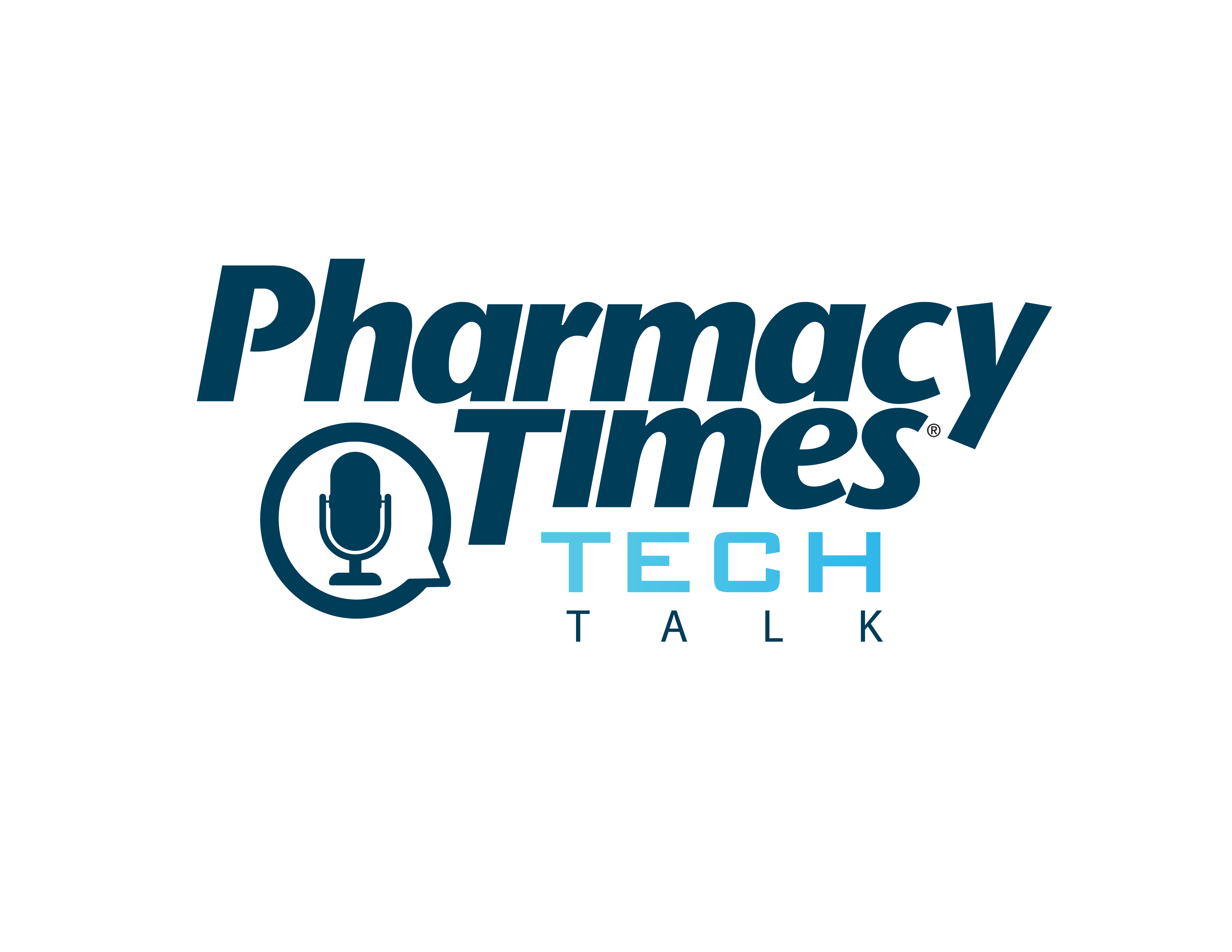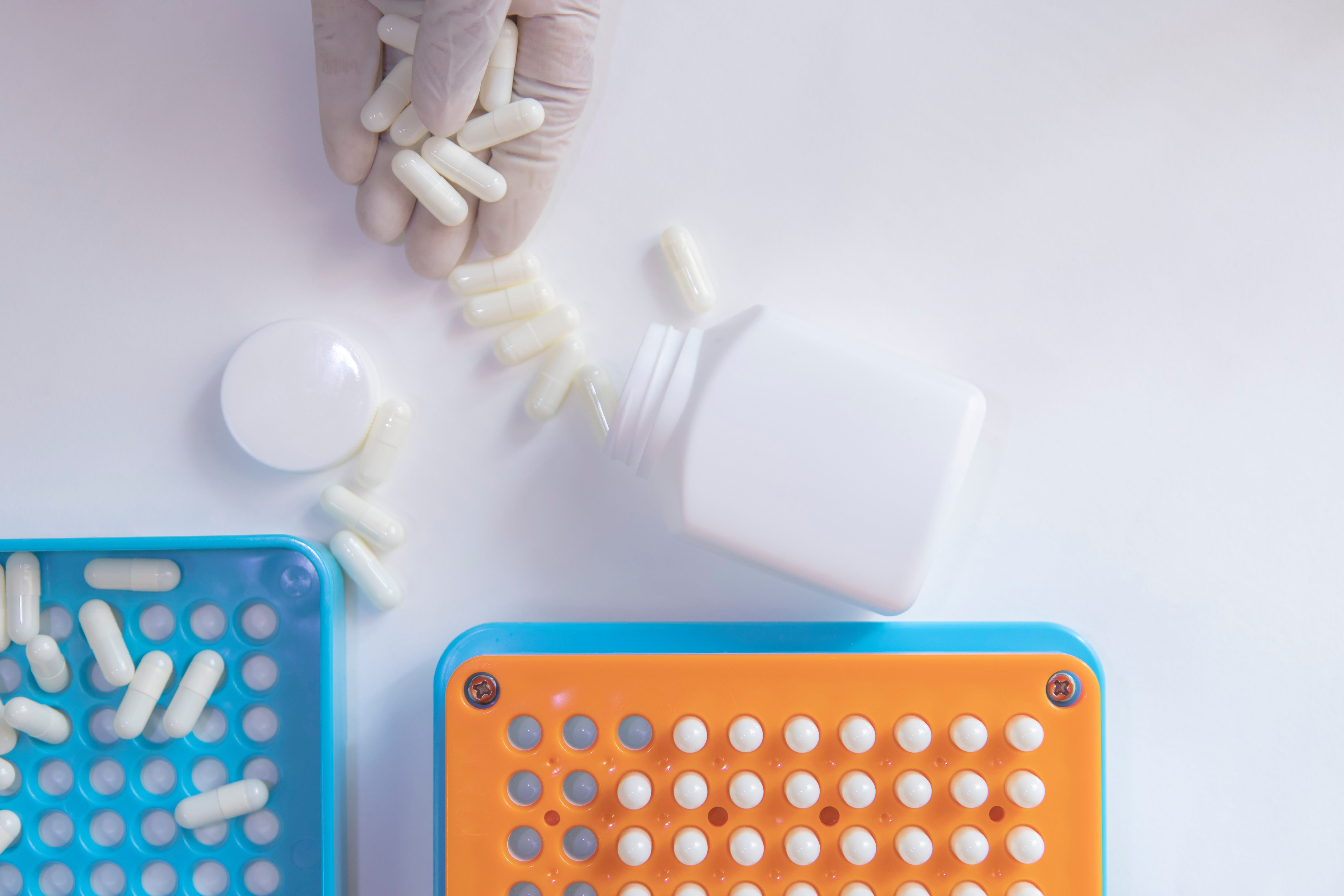Commentary
Article
How Microbial Preservation Supports Quality and Safety in Compounding Pharmacies
Mark Mulvahill, MBA, MSc, discusses the importance of microbial preservation and reference materials in pharmaceutical manufacturing and compounding pharmacies, highlighting their role in contamination control, regulatory compliance, and enhancing microbiological testing reliability.
Microbial preservation involves methods that maintain the viability and stability of microorganisms, ensuring consistency in microbiological reference materials used for pharmaceutical quality control. This is crucial for drug manufacturers and compounders as it helps streamline microbiological testing, reduce contamination risks, and enhance repeatability and reproducibility.
Mark Mulvahill, MBA, MSc, is the senior director and microbiology unit lead at US Pharmacopeia.

In the interview below with Pharmacy Times, Mark Mulvahill, MBA, MSc, senior director and microbiology unit lead at US Pharmacopeia (USP) explains that ready-to-use microorganisms can improve the efficiency and integrity of microbial testing by minimizing culture preparation time and ensuring consistent testing results. According to Mulvahill, key microbiology testing applications in contamination control include sterility testing, growth promotion testing, environmental monitoring, disinfectant qualifications, and microbial enumeration testing.
However, viable surface monitoring in environmental monitoring programs is currently a challenge area because of the lack of standardized recovery efficiency methods for sampling systems. There is also a growing need for microbial reference materials to validate and control rapid microbial testing methods as pharmaceutical quality control evolves, according to Mulvahill.
Microbiological testing is essential across pharmaceutical manufacturing and compounding settings to ensure drug safety and regulatory compliance. Microbiology reference materials, when used in conjunction with USP standards, support regulatory compliance and enhance confidence in microbial testing across various pharmaceutical production processes, including sterility and endotoxin testing, Mulvahill explains. These materials serve as critical benchmarks, ensuring the reliability, integrity, and quality of pharmaceutical products while mitigating contamination risks.
Pharmacy Times: What exactly is microbial preservation, and what is its significance for contamination control strategies in the manufacturing and preparation of pharmaceutical products?
Mark Mulvahill, MBA, MSc: Microbial preservation refers to the methods utilized to maintain the viability and stability of microorganisms. These methods allow for the production of ready-to-use microorganisms that are consistent and reliable across different batches and can be used as the building blocks of microbiology analytical reference materials and reference standards. Trusted reference materials can help pharmaceutical manufacturers demonstrate they meet regulatory requirements and help support quality production of the important medicines our society needs.
Drug developers, manufacturers and compounders are under significant pressure to accelerate the availability of quality medicines. Ready-to-use microorganisms can help support them by offering solutions that help improve the repeatability, reproducibility, and control of methods used in quality control microbiology. By reducing the time needed for culture preparation and minimizing the risk of contamination, these technologies allow for faster iteration and increased accuracy in microbiology testing.
The availability of ready-to-use microorganisms streamlines testing procedures and minimizes the resources that are required to maintain and prepare microbial cultures. However, it’s important to note that not all microbial preservation methods are created equal, and stability is crucial to prevent inconsistencies in microorganisms. When used appropriately, microbial preservation technologies can preserve costs and lab assets, ensuring consistent and reliable results in experiments and industrial processes.
Pharmacy Times: What are some examples of microbiology testing applications in contamination control?
Mulvahill: Some examples of microbiology testing applications that are critical in the pharmaceutical industry include growth promotion testing, sterility testing, environmental monitoring, disinfectant qualifications, and microbial enumeration testing. Some of these areas of microbiology testing are important for maintaining microbial control of the production environment (eg, environmental monitoring and disinfectant testing), while others are important for testing the microbial quality of the products produced (eg, sterility testing).
Pharmacy Times: What are some examples of existing challenges with microbiology testing?
Mulvahill: One current challenge relates to viable surface monitoring in controlled environments. This is a very important test that is commonly performed across the entire industry, but today there are no standardized methods for understanding the recovery efficiency of the sampling system. This sampling system includes both the sample collection device used (eg, contact plate or swab) and the person collecting the sample—both of which contribute, in a meaningful way, to the quality of the data generated. USP <797>, Pharmaceutical Compounding – Sterile Preparations, highlights the importance of personnel demonstrating their competency in viable surface sampling.
However, many are left wondering: What is the best way to demonstrate competency in viable surface sampling? One important way to help ensure the integrity of viable surface sampling systems across the industry is to incorporate the use of microbiology reference materials into the qualification of the sample collection device and the qualification and training of the personnel collecting the samples.
A close-up view of microscopic bacteria. Image Credit: © Saksit - stock.adobe.com

Another current challenge area in microbiology testing includes the need for microbial reference materials for rapid microbial methods. These new methods that incorporate faster detection of microbial contamination are critical as the industry continues to advance and evolve. There is a need for microbial reference materials to support these rapid technologies so that they can be efficiently and reliably validated and controlled on a routine basis. This helps ensure the system suitability and integrity of the test system for the generation of quality data that supports critical decision making in the production of drug products.
Pharmacy Times: What are the pharmaceutical production settings and pharmacy settings where microbiology testing is important for contamination control?
Mulvahill: Microbiology testing is essential across all therapeutic modalities and in any setting where pharmaceutical products are manufactured, especially as growing demand requires new approaches to quality control. In particular, valid microbiological testing is critical in the following settings:
- In pharmaceutical manufacturing: Microbiology testing is required for the production and preparation of safe medications. This is relevant to both sterile and aseptic manufacturing processes—ensuring that medications are free from microbial contamination and meet regulatory requirements, while maintaining the identity, purity viability, and stability of pharmaceutical products.
- In compounding pharmacies: Microbiological testing helps ensure the quality and safety of medicines and increases confidence of health care personnel. Reliable microbiological testing supports contamination control strategies and verifies the quality of compounded medications.
Pharmacy Times: How are microbiology reference materials used in combination with USP documentary standards?
Mulvahill: USP has standards for the development and preparation of medications, including compounded medications, which help ensure product quality and reduce the risk of microbial contamination. In combination with USP’s standards and solutions, microbial reference materials provide a comprehensive solution for microbiological quality control—serving as a standardized benchmark for testing, increasing confidence in microbiological testing and helping ensure the safety and efficacy of pharmaceutical products and treatments.
For example, reference materials are used for viable surface sampling in compliance with USP <797> Pharmaceutical Compounding – Sterile Preparations, USP <1116> Microbiological Evaluation of Clean Rooms and Other Controlled Environments, and EU GMP Annex 1. They are also utilized for quality control microorganisms in accordance with USP <61> Microbial Enumeration Tests, USP <62> Microbiological Examination of Nonsterile Products, USP <71> Sterility Tests, and other relevant chapters such as USP <2021> Microbial Enumeration Tests – Nutritional and Dietary Supplements, USP <60> Microbiological Examination of Nonsterile Products – Tests for Burkholderia Cepacia Complex (BCC), and rapid microbiological methods. Additionally, reference materials play a crucial role in disinfectant qualification testing as per USP <1072> Disinfectants and Antiseptics.
Moreover, reference standards are essential for endotoxin testing, following USP <86> Bacterial Endotoxins Test Using Recombinant Reagents. By utilizing these reference materials and standards, pharmaceutical companies can enhance the reliability and consistency of their microbiological testing, helping to ensure compliance with regulatory requirements and maintaining high-quality standards in their products.
Newsletter
Stay informed on drug updates, treatment guidelines, and pharmacy practice trends—subscribe to Pharmacy Times for weekly clinical insights.






